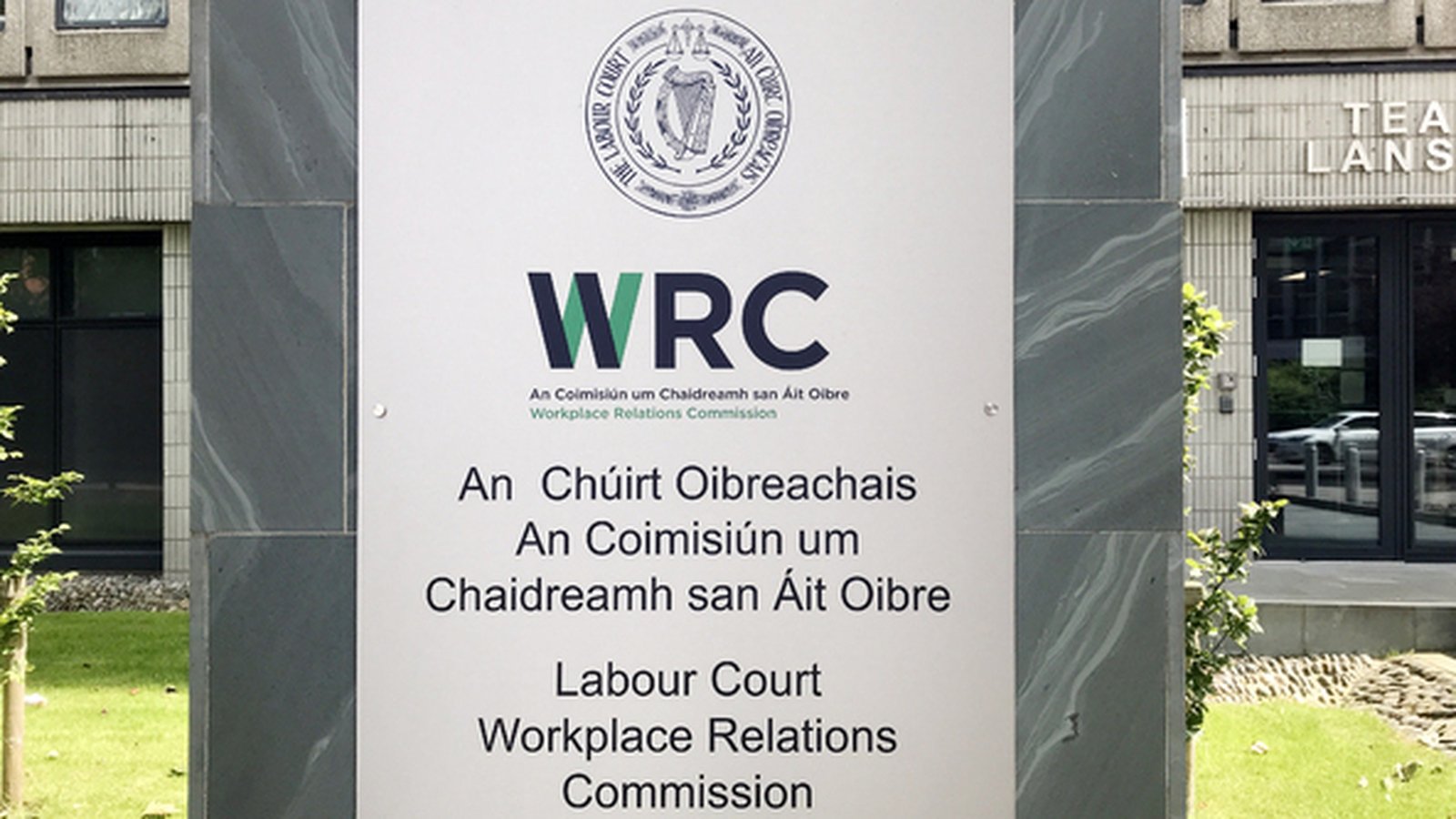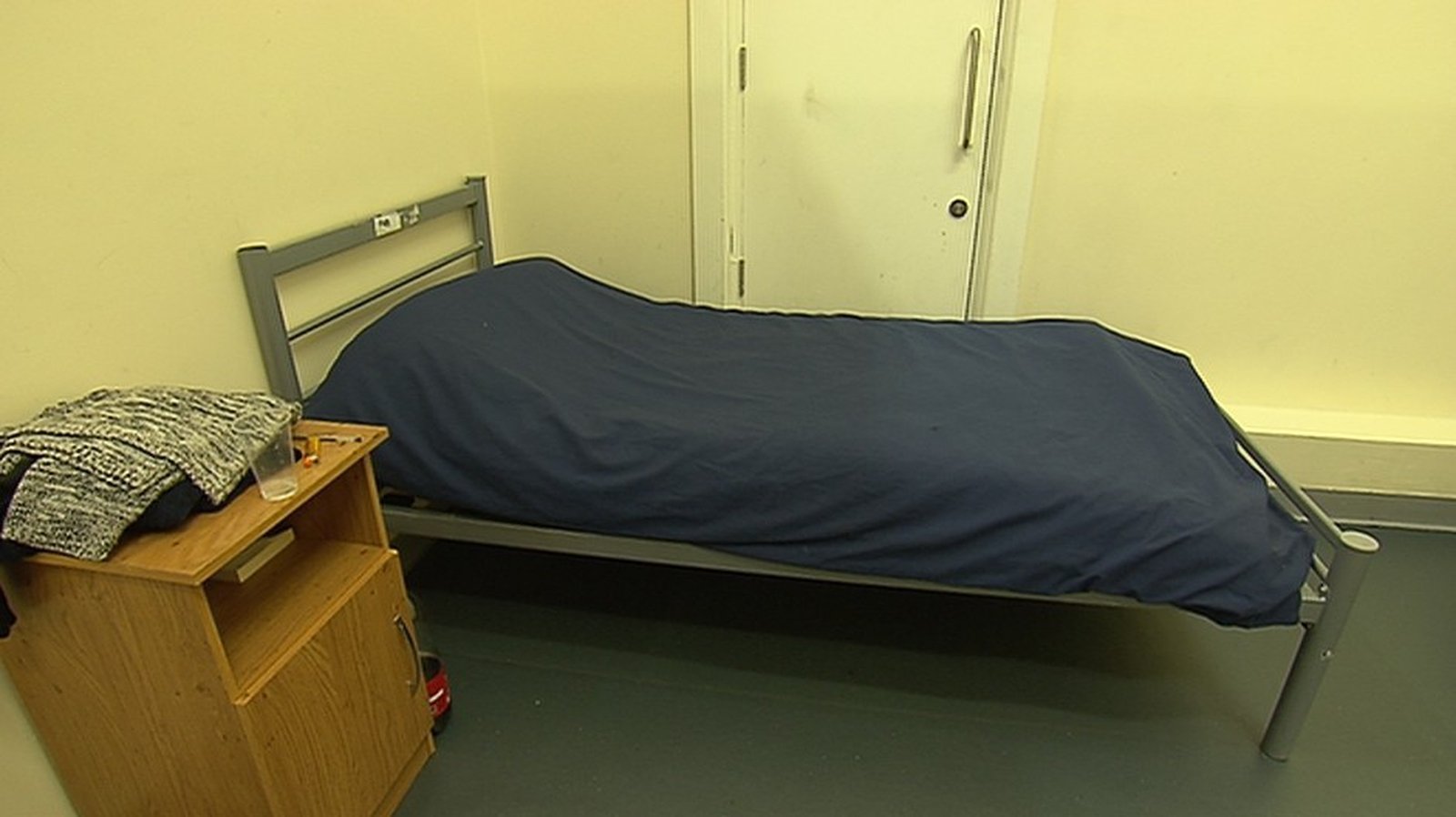The changing face of Dublin’s North Inner City
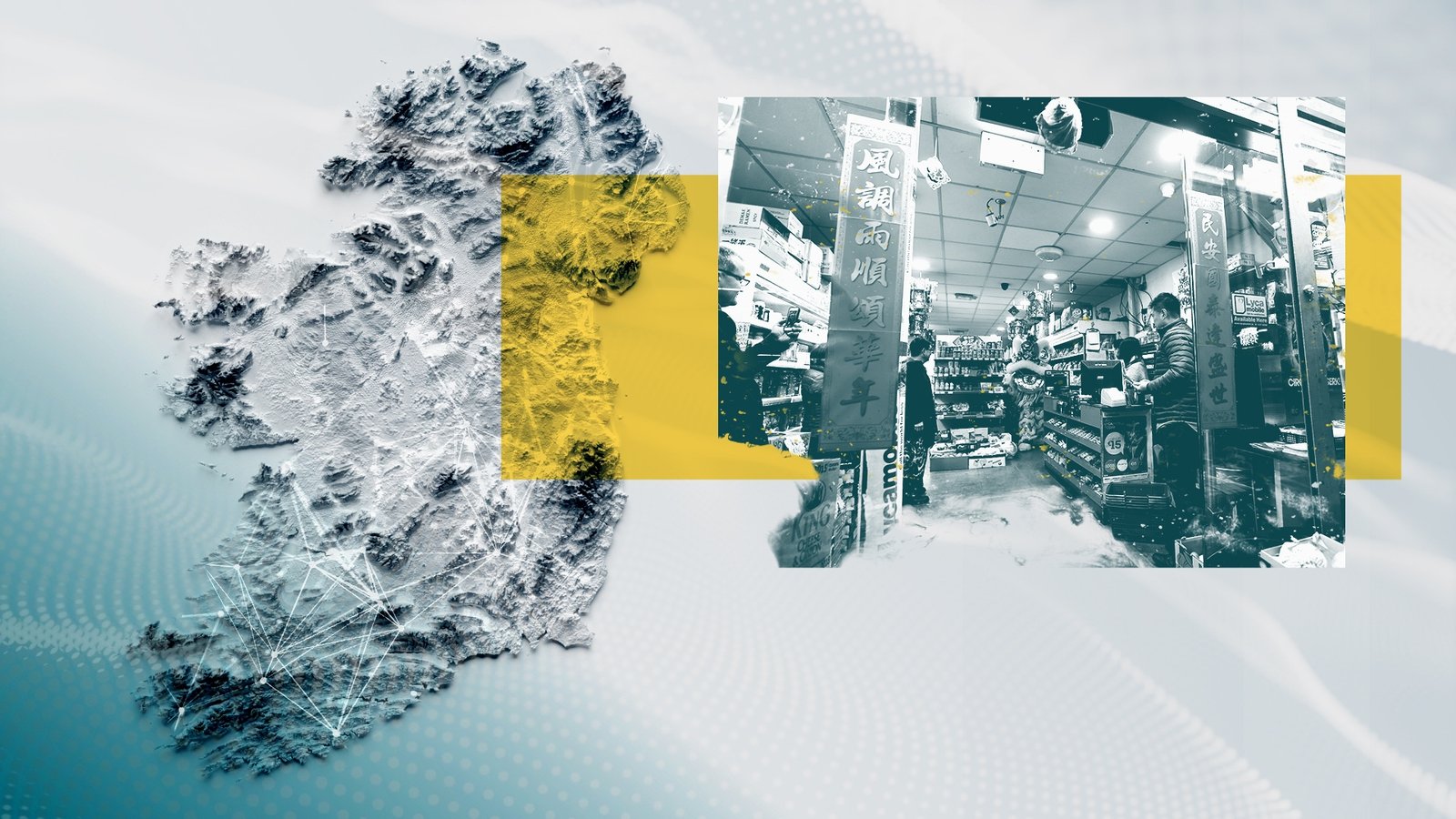
In a series of articles looking at the issue of immigration in Ireland, today RTÉ’s Dyane Connor examines the impact of immigration on the changing face of Dublin’s North Inner City.
“Everybody talks about how dangerous Dublin 1 is, but it’s a nicer place to live in than it was all those years ago”.
David Murray has been reminiscing about more than 30 years living in Dublin’s North Inner City and how it has changed since then.
“Immigration has been very good for the city centre because it has a lot of people living here, so the streets are busy at night,” he said.
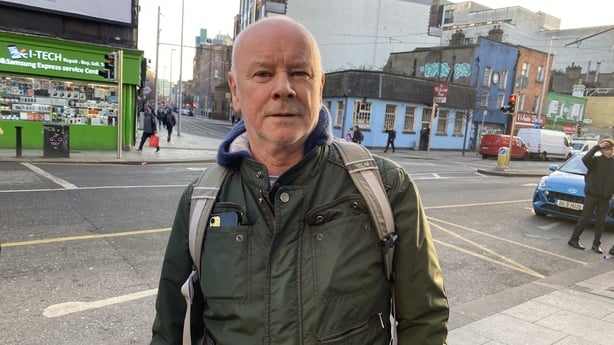
He added that it’s much safer now, “back in the day it was much scarier, believe it or not.”
Census data collected by the CSO shows how the demographics of Dublin’s North Inner City has changed over the years.
The 2011 census showed that over 35,376 people described themselves as white Irish, with 53% of those living in the area at the time.
Just over a decade later the 2022 census data, with slightly altered boundaries, shows that 36% of its population described themselves as white Irish.
Taking a closer look at data for the Rotunda A district, which stretches from Parnell Street to Dorset Street, its population increased by almost 40% between 2011 and 2022.
The impact of immigration is clear to see in the area, with a rich array of ethnic restaurants and speciality shops.
Yuqing Guo owns the Lee Kee restaurant on Parnell Street.
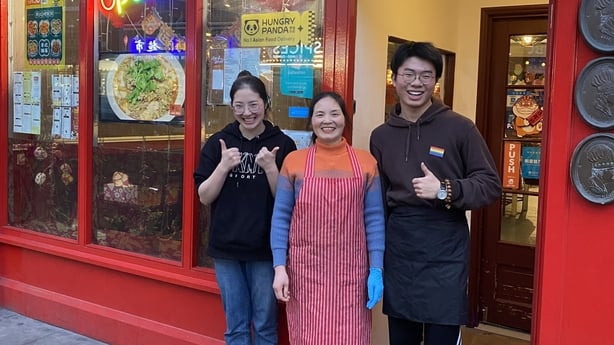
Despite having moved here 13 years ago, she cannot speak English, and so her staff translate. They said that learning English is not a priority for her, because there is such a large Chinese community.
Finding the time to do a course is also impossible, she said, as she works seven days a week.
With so many Asians living in the area, it’s not surprising the Lunar New Year is being celebrated with a party on Hill Street.
Preparations have been under way for weeks at the Hill Street Family Resource Centre, with dances being rehearsed, decorations made, and a giant banner designed and painted.
Chief Executive Eileen Smith said the centre supports families from 17 nationalities, including indigenous Irish.
“Dublin has always been a multicultural city,” she said.
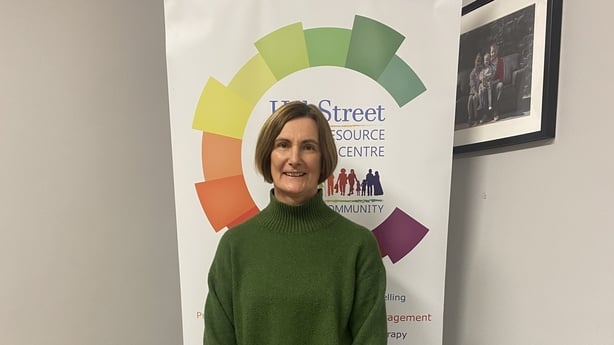
“I’m here [in Hill Street Resource Centre] for 11 years now and there have always been a large number of people living in the inner city and they’re not transient.”
She said these immigrants have made the inner city their home.
Eileen Smith said the recent riots in the city centre had an impact on those living in the area.
“Many of our families, both the local indigenous families and the people from other countries, I suppose, felt unsafe in the area following the riots, but there was a lot of work done,” she said.
“A lot of organisations worked together to, I suppose, came together to provide wraparound supports for the families,” she added.
Vanee Renghen moved to Dublin from Mauritius 17 years ago, and started attending the Hill Street centre when she had children.
She described a very welcoming community.
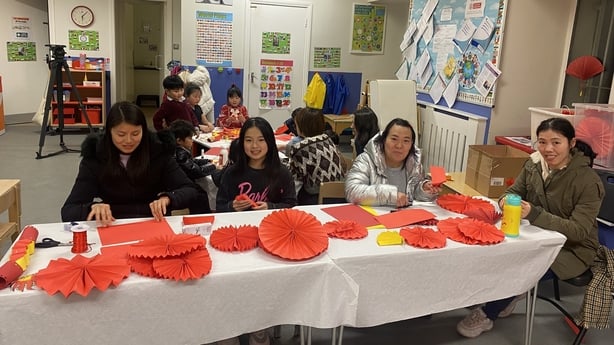
Hedilena Juvinilza de Sa Silva has had mixed experiences since she moved to Ireland from Portugal eight years ago.
She said Ireland has changed over that time, with racism now evident.
“I don’t want to use the word but it’s true, people are getting more racist, and they are blaming people from other countries who come to Ireland,” she said.
“But at the end of the day, everyone wants the same, they want what’s best for them and for their family”.
The mother-of-one, who works in McDonalds, said: “I will speak for myself, I never came here to steal what is not mine. I’m here eight years, I have worked for the past eight years, and I pay my taxes, I’m paying my rent.”
Despite many immigrants contributing to the economy, and the Government maintaining separate services for asylum seekers, there remains a perception among some Irish people that they are competing with immigrants for scarce resources.
John Timmons, from Dublin’s North Inner city, said he was homeless for 20 years living in hostels before finally getting a place to live.
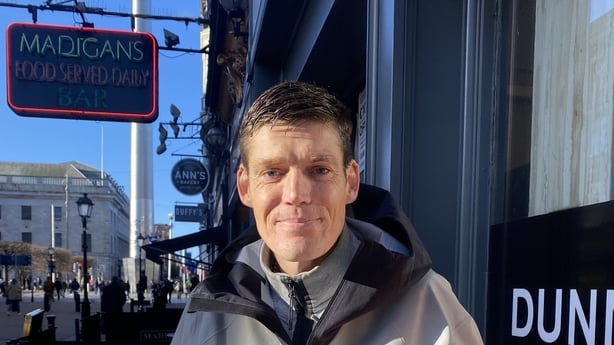
He believes asylum seekers are being treated move favourably than Irish people on the housing lists.
“I think Irish people should be first, look after your own first,” Mr Timmons said.
Mary McGlade said she is very proud of Ireland taking people in but said “there are an awful lot of our own on the streets with addiction, and not only addiction, people are trying to buy houses and they can’t because they’re living week to week, hand to mouth”.
She said the Government must do something for their own people but stressed that people from war-torn countries are welcome here.
Another resident of Dublin’s North Inner city, Ciarán Lynham, said he believes the area is a better place as a result of immigration.
Mr Lynham has also been living there for 30 years, and said: “The area has changed for the better, most definitely, with much greater variety of people living here from all parts of the world”.

